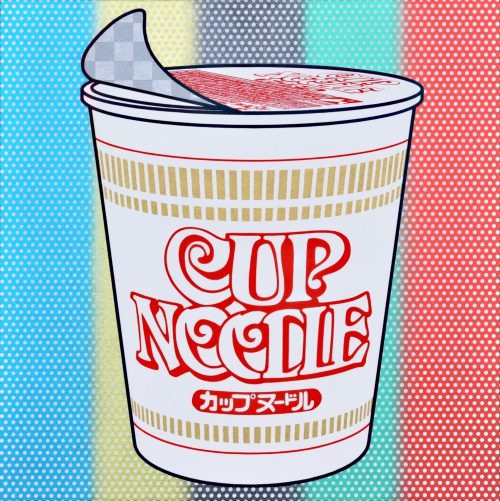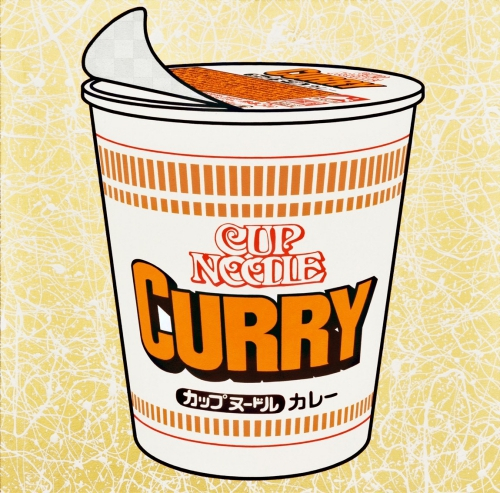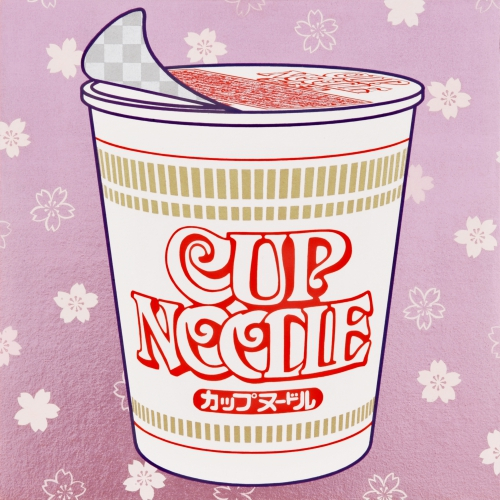Exhibitions
Past
After Warhol: Sojiro Takamura Exhibition
Jul. 2 (Thu.) to Jul.15 (Wed.)




Introducing a solo exhibition by contemporary artist Sojiro Takamura.
Contemporary art is often considered difficult to understand. Takamura, however, adopts an intuitive style of creation, utilizing elaborate traditional techniques and approaches in uniquely Japanese ways while keeping within the bounds of standard pictorial art.
By utilizing seemingly contradictory elements in each work—Japanese and Western styles, three- and two-dimensional expression, past and present—the artist creates fresh, innovative pieces one after the next.
This exhibition event centers mainly on Takamura's Cup Noodles series of works, but will also feature his Matoi, Japanese Tattoo and Politicians series.
<Cup Noodles>
In the area of pop art, Andy Warhol is considered the genre's leading figure. His Campbell's Soup Cans series of 32 prints, released in 1962, is one of this artist's most famous.
All Americans at the time were familiar with Campbell's Soup products, the subject depicted in this series, and Warhol used a mechanized screen printing process to produce his pictures in large numbers. The resulting pieces championed a new expressive style that rebelled against established pictorial art norms, while also giving expression to a modern, state-of-the-art American society. At the same time, they brought into focus the darker side of the United States' dizzying rate of progress and warned of the dangers to society posed by mass production and mass consumption.
In 2005, more than 40 years later, the artist Banksy drew worldwide attention by putting up one of his works without permission in The Museum of Modern Art (MoMA) in New York.
The work was one of the artist's Tesco Soup Cans pieces, which resembles Warhol's Campbell's Soup Cans and was actually left up for viewing for six days at MoMA its initial placement.
Banksy's actions showed that, even more than four decades after Warhol's works, the core essence of the contemporary art field remained unchanged.
Sojiro Takamura has responded to this with his Cup Noodles series, which serves as an homage to Warhol and expresses the current nature of the pop art genre.
Warhol's use of Campbell's Soup as a symbol of mass production and mass consumption in America is mirrored by Takamura's use of Cup Noodles instant ramen, which he considers to be a suitable symbol for himself and others in Japan. As an aside, some might find it interesting to note that Warhol claimed to have eaten Campbell's Soup for lunch every day for more than 20 years, and Takamura similarly eats Cup Noodles almost every day.
Even now, in the year 2020, the patterns of mass production and mass consumption remain unchanged in our societies. However, while Warhol feared that these would result in problems such as excessive capitalistic tendencies and a resulting sense of emptiness and meaninglessness among the people, Takamura's works tell us that mass production and consumption have actually enriched our lives— the latter artist does not put a negative spin on the concepts.
Furthermore, Takamura rejects the belief that mass production results in bland sameness, which is why he did not use the mechanical, mass-production-capable screen printing process that Warhol did. Moreover, Takamura drew the subject of each picture—the Cup Noodles ramen cup—by hand. He also used differing backgrounds for each, incorporating varying colors, gradients, dot and check patterns, metallic leaf, and other design elements. This results in complex background patterns and a unique feel for every work, each of which is singular in its own right.
The end result is a series of works that focuses on the mass production theme seen in Warhol's but differs vastly in terms of production style, underlying concept and other elements.
Although we now live in an era characterized by mass production, Takamura believes this has not brought about excessive conflicts throughout society or feelings of emptiness among its people. Rather, he feels that the interpretations of producers and consumers in our increasingly complex society give rise to unique, individualistic products that enrich everyone's lives. This is Takamura's artistic production approach, and also an example of how pop art has evolved in the more than half a century since Warhol.

